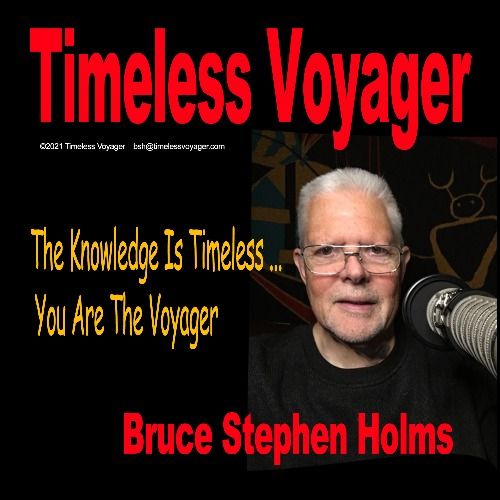Episode 112
Tom Van Flandern - Dark Matter, Missing Planets, New Comets how he became increasingly dissatisfied with mainstream views of science by the early 1980s
Van Flandern described in his 1993 book Dark Matter, Missing Planets, New Comets how he had become increasingly dissatisfied with the mainstream views of science by the early 1980s. He wrote: "Events in my life caused me to start questioning my goals and the correctness of everything I had learned. In matters of religion, medicine, biology, physics, and other fields, I came to discover that reality differed seriously from what I had been taught."
In his book, on blogs, lectures, newsletters and websites, Van Flandern focused on problems in cosmology and physics. He alleged that when experimental evidence is incompatible with mainstream scientific theories, mainstream scientists refuse to acknowledge this to avoid jeopardizing their funding. Following claims by David Dunham in 1978 to have detected satellites for some asteroids by examining the light patterns during stellar occultations,Van Flandern and others began to report similar observations. His non-mainstream 1978 prediction that some asteroids have natural satellites, which was almost universally rejected at the time, was later proven correct when the Galileo spacecraft photographed Dactyl, a satellite of 243 Ida, during its flyby in 1993.
In 1976, while Van Flandern was employed by the USNO, he began to promote the belief that major planets sometimes explode.Van Flandern also speculated that the origin of the human species may well have been on the planet Mars, which he believed was once a moon of a now-exploded "Planet V". Van Flandern supported Georges-Louis Le Sage's theory of gravitation, according to which gravity is the result of a flux of invisible "ultra-mundane corpuscles" impinging on all objects from all directions at superluminal speeds. He gave public lectures in which he claimed that these particles could be used as a limitless source of free energy, and to provide superluminal propulsion for spacecraft.
Van Flandern was a prominent advocate of the belief that certain geological features seen on Mars, especially the "face at Cydonia", are not of natural origin, but were produced by intelligent extraterrestrial life, probably the inhabitants of a major planet once located where the asteroid belt presently exists, and which Van Flandern believed had exploded 3.2 million years ago. The claimed artificiality of the "face" was also the topic of a chapter of his 1993 book. Van Flandern was a vocal opponent of the Big Bang model in cosmology, and supported instead a static universe. In 2008 he was an organizer of a conference of individuals who opposed the Big Bang cosmological models.


